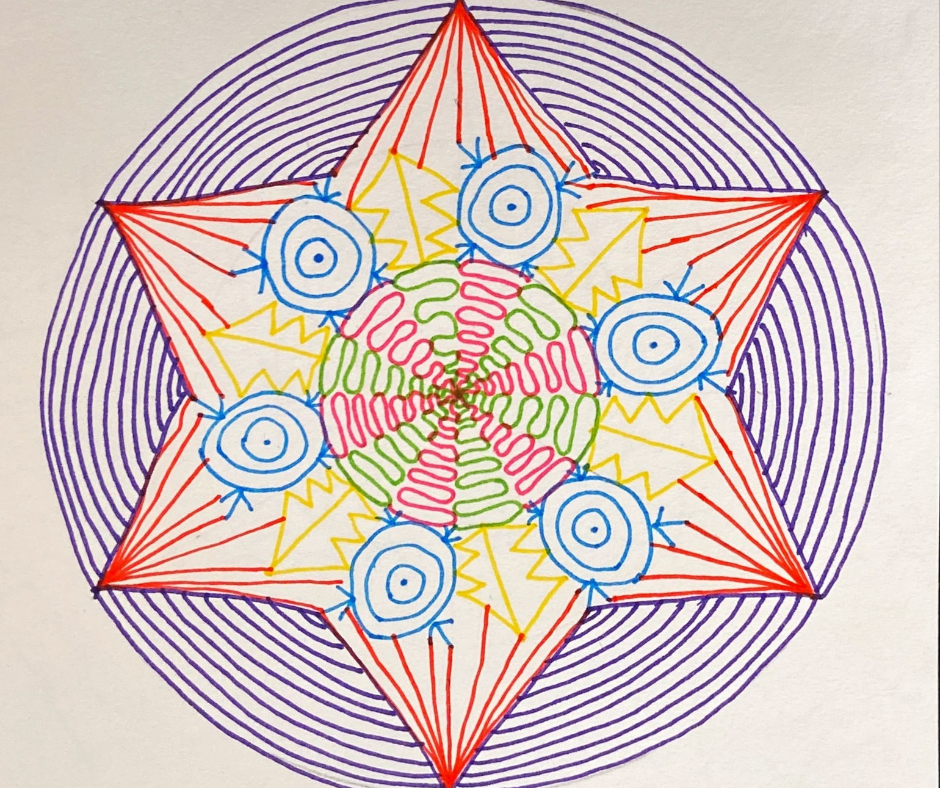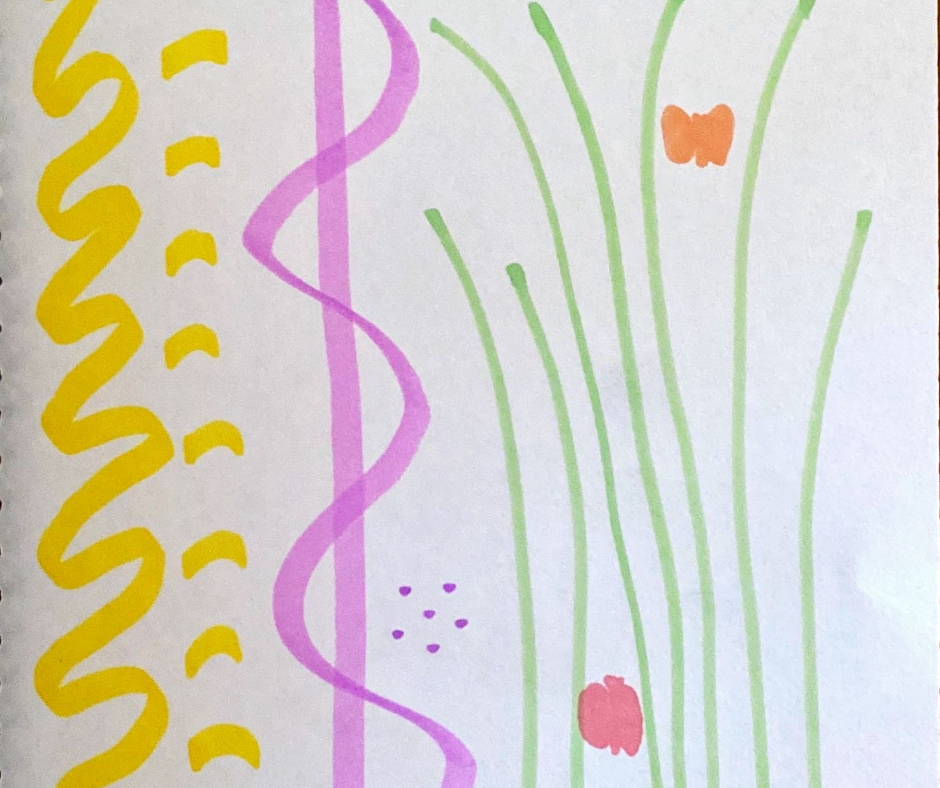
Attachment is a frequent topic of conversation. You may have heard about it and wondered what it is. In this blog, I will be explaining attachment and the related term attunement. I will describe the impact it has on child development and finish with an explanation as to how this impacts on adulthood. Finally, I will end with the good news for adults who missed out on secure attachment in childhood and how to correct insecure attachment.
What is Attachment?
Many mistakes and much research has demonstrated that an essential need for children is to be held and touched, as well as to feel seen. This need starts at birth.
These two needs are named Attachment and Attunement.
Attachment describes the bond between the child and their caregiver/s. For survival, a baby needs at least one secure adult who will provide the baby’s needs. If the child cries, it needs an adult to pick it up and attend to its needs for food, nappy changes, comfort when distressed and loving interactions. In an ideal world every child will receive that care and will be secure in the knowledge its care needs will be met.
But this is not an ideal world. And children, even in infancy, have to adopt behaviours to ensure their care needs are met.
The securely attached child
For the child with secure adult/s in their life, it is easy to have their needs met. They know there will be someone to look after them, to keep them clean, feed them, comfort them when they are distressed, play with them, see them. The usual attachment behaviours of crying or holding out their arms will result in their needs being met.
The insecurely attached child
For the child who does not have a secure adult in their life, it is not so easy. These children, described as having an insecure pattern of attachment, learn that their carer is not available when they need them. For this child, crying or expressing emotions may be dangerous. They learn to hide their fear and distress. Other insecurely attached children may learn that only when they exaggerate their crying or adopt any behaviour that gets attention will they get their needs met. For these children there is a belief that their carer is not there to meet their needs physically and/or emotionally.
Another group of insecurely attached children may learn that their carer is totally inconsistent in meeting their needs. This carer may be terrifying. That child may be frozen, unable to get any needs met and never being sure of the carer’s response to their attachment seeking behaviour.
The positive impact of secure attachment
When a child feels safe. That their physical and emotional needs will be met. They are able to develop on a normal trajectory.
Before I explain this, I want to talk about Attunement.
Attunement
It is not enough for a child to have its needs for food and comfort met. Children also need to feel seen.
If a child is not seen and visible to its carer/s then it will not get its needs met and will not survive.
Attunement is noticing a child, tuning into them, interacting with them, seeking to understand them.
A child needs to be reassured that if they are upset at something, their carer will seek to understand what the problem is.
Babies are observed to use behaviours to be noticed by their carer. They smile, coo, put their hands out, respond to the carer’s interactions. All these are part of early attunement.
Another aspect of attunement is the carer who hears the child cry and understands that cry is one of discomfort. So they change the nappy and check for anything else causing discomfort.
If the cry is one of hunger, they feed the child. And so on.
As the child grows, the attuned parent plays with the child, interacts with them, looks at things they show them, seeks to understand why the child is upset, seeks to understand acting out behaviours and so on.
Providing the security to explore the world and safety to return to
Attunement is an important aspect of secure attachment for a child.
What a child needs is to have a secure base from which to explore the world while being delighted in, helped and sharing enjoyment. They also need a safe haven that welcomes the child returning and where they can feel protected, comforted, delighted in, and having their feelings organised so they can learn to do that later in life. (Circle of Security www.circleofsecurity.net)
Interacting with a child securely and safely
Once children learn to talk, they learn to ask questions. A lot of them. These questions are vital aspects of learning for the child. It is a child’s interactions with its carers that drive brain development.
It is during the child’s first five years of life that dramatic brain development takes place. During this time the child learns how to self-regulate their emotions. They learn this by being co-regulated by their carer who holds and comforts them when they are upset or hurt, as well as laughing with them when they are having fun.
During these years, the child learns about the world and forms the view of the world as either safe or dangerous.
4 main areas where attachment drives development
- Cognitive development. This is the internal belief about who I am and who You are.
- Emotional regulation. This is the ability to experience, tolerate, express and regulate all emotions and to learn to seek help when needed.
- Exploratory play and allied behaviour. This is the ability to be able to initiate exploration and investigation of the world through play and socialisation.
- Pro-social orientation towards others. This means feeling able to reach out to others, to form friendships with others, to be part of a community.
9 positive benefits throughout life of secure childhood attachment
- Protects from toxic stress. Toxic stress can be an abusive teacher, a bully, an abusive parent, needs being unmet, a disruption in the family such as divorce or a parent dying.
- Allows healthy development. The stress of insecure attachment has a negative effect on child development. It also makes children vulnerable to depression or anxiety in childhood and later life.
- Learning to regulate emotions. This has already been mentioned above.
- Develop a healthy sense of self. Being related to by others in secure attachment allows the child to develop a sense of “who am I” and “who are you”.
- Frees the brain to focus on learning. Insecure attachment involves the child constantly seeking safety which prevents the brain from giving full attention to learning.
- The development of self reliance. If the child is secure, they can feel safe to try new things and learn to be self reliant. On the flip side, the child also learns it is okay to ask for help when needed and safe to rely on others when necessary. Insecurely attached children can struggle to learn self reliance and can struggle to ask for help because as a child there was no one to help them.
- Healthy self esteem from which confidence grows. A securely attached child learns that there is always someone who thinks they are worthwhile. This is communicated to the child by the fact that there is always a carer there to pick them up, soothe them, play with them, see them. This sends the message “I am here and you are worth me being here”. What message does the child get from this? “You are here and I must be worth your being here. If I am worth you being here then I am worthwhile”.
- Social competence. The carer baby relationship is the first relationship a child has. These sets the template for all relationships the child has in life.
Secure attachment teaches a child: • it is safe to be close to another person (intimacy) • you can support others and they can support you • empathy • getting along with others in all areas of life (or doing the best you can because it is not possible to get along with everyone) - Good health. This is considered due to lower stress in childhood and into adulthood, which, apart from the lowered exposure to the damaging effect of stress hormones on the body, is shown to lower the need to resort to stress relieving activities such as excessive alcohol intake, comfort eating and smoking.
Secure attachment also leads to healthy relationships which result in good mental health, good physical health, healthy life habits and lowered mortality risk.
How does this relate to me as an adult?
If you had a secure attachment and were well attuned to as a child then you are likely to be able to live life with the ability to cope with the challenges you encounter. You may occasionally need help, but you will be fairly likely to be comfortable asking for help.
You will be able to form secure relationships with other people.
If you didn’t have a secure attachment then life may be more stressful. It may be harder to cope when challenges occur. You may not know who to seek help from or feel safe seeking that help. You may find it hard to do that things you want to do in life.
You may also find it hard to function when you are stressed. And you may notice you are stressed often. On the other hand, other people may comment on how stressed you are and you don’t think you are stressed at all because stress is so much part of your life that you don’t know what it feels like to not be stressed.
You may find you get into friendships and intimate relationships with people who are toxic. You may find yourself unable to speak up at work about problems.
You may find you feel there is crisis after crisis and struggle to feel at peace.
There are myriad ways your childhood may impact on you.
The good news
The good news is that, with the help of a trauma trained counsellor, it is possible to repair those early attachment wounds. It is possible to learn how to be more secure in relationships. It is possible to learn how to use the way your brain developed to serve you well in life, instead of hampering you.
Can I Help?
I am trauma trained and if you would like to talk to me about how I can help you to develop a more secure attachment style, please contact me on 0409396608 or nan@plentifullifecounselling.com.au
If you would like to learn more, I write a regular newsletter with interesting information, tips, information on courses, and the occasional freebie. At the moment I have a free mindfulness meditation for anyone who signs up to my newsletter. This meditation offers a way to safely explore your feelings and learn to be okay with them. If you would like to subscribe please click on the link here: http://eepurl.com/g8Jpiz



